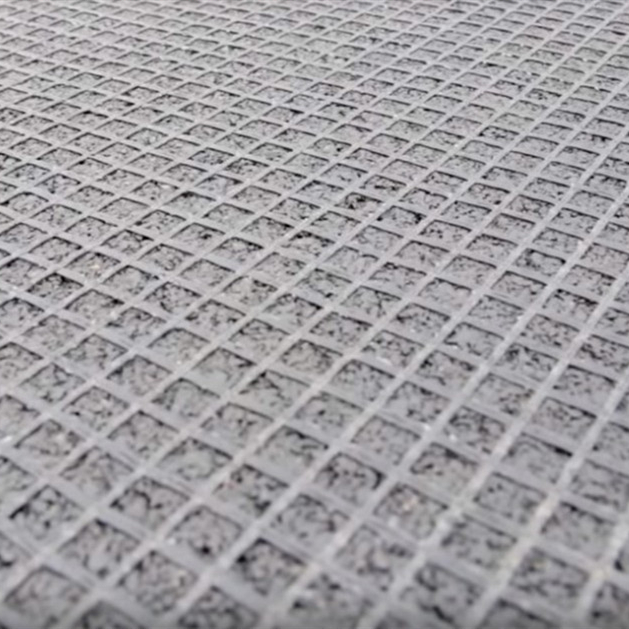close
Choose Your Site
Global
Social Media








Geogrids and geotextiles are two commonly used materials in the field of civil engineering and construction. However, there is often confusion about whether geogrids are a type of geotextile or if they are separate materials altogether. In this article, we aim to clarify this confusion by exploring the characteristics and applications of geogrids and geotextiles.
Geogrids are an essential component in the field of civil engineering and construction. These innovative materials play a crucial role in enhancing the stability and durability of various structures. Geogrids are typically made from high-strength polymers or composite materials, which are designed to withstand heavy loads and provide reinforcement to soil and other construction materials.
One of the primary functions of geogrids is to improve the bearing capacity of soil. By distributing the load more evenly, geogrids prevent soil erosion, increase the stability of slopes, and prevent the formation of cracks and settlements. This is particularly important in areas with weak or loose soil, where the use of geogrids can significantly improve the overall strength and stability of the construction.
In addition to enhancing soil stability, geogrids also play a crucial role in the reinforcement of retaining walls. These structures are commonly used to prevent soil movement and provide support to vertical slopes. By incorporating geogrids into the construction of retaining walls, engineers can increase their load-bearing capacity and ensure long-term stability. This is especially important in areas prone to landslides or where the soil is subject to significant lateral pressures.
Geogrids are also widely used in road and pavement construction. The placement of geogrids within the layers of asphalt or concrete helps to distribute the load more efficiently, reducing the occurrence of cracks and extending the lifespan of the road. Additionally, geogrids can be used to reinforce the subgrade beneath the road, preventing the formation of potholes and other surface deformations.
Overall, the use of geogrids in construction projects offers numerous benefits. Not only do they improve the overall stability and durability of structures, but they also provide cost-effective solutions to common engineering challenges. By incorporating geogrids into their designs, engineers can ensure the long-term success and sustainability of their projects.
Geogrids and geotextiles are two essential materials used in the field of civil engineering and construction. While they may sound similar, they serve different purposes and have distinct characteristics.
Geogrids are a type of geosynthetic material that is commonly used to reinforce soil structures. They are typically made of high-strength polymers, such as polyester or polypropylene, and are available in various forms, including grids and meshes. Geogrids are designed to improve the stability and load-bearing capacity of soil, making them ideal for applications such as road construction, retaining walls, and landfills.
On the other hand, geotextiles are permeable fabrics that are used for filtration, drainage, separation, and erosion control. They are usually made of synthetic materials, such as polypropylene or polyester, and can be woven or non-woven. Geotextiles are versatile and can be used in a wide range of applications, including drainage systems, embankments, and shoreline protection.
One of the main differences between geogrids and geotextiles lies in their primary function. Geogrids are mainly used for soil reinforcement, while geotextiles are primarily used for filtration and separation. Geogrids provide strength and stability to the soil, allowing it to withstand heavy loads and preventing soil erosion. On the other hand, geotextiles act as a barrier, preventing the mixing of different soil layers and allowing water to pass through while retaining soil particles.
Another difference between geogrids and geotextiles is their physical properties. Geogrids are typically stronger and stiffer than geotextiles, as they are designed to withstand tensile forces. They have a higher tensile strength and modulus of elasticity, which allows them to distribute loads more effectively. Geotextiles, on the other hand, are more flexible and have a higher permeability, allowing water to flow through them more easily.
In terms of installation, geogrids and geotextiles also differ. Geogrids are often installed by interlocking them with soil or other materials, creating a reinforced zone. Geotextiles, on the other hand, can be installed by placing them directly on the soil or by wrapping them around drainage pipes or other structures.
Geogrids are an essential component in modern construction, providing reinforcement to soil, stabilizing slopes, and enhancing the load-bearing capacity of structures. They are widely used in various construction projects and have proven to be effective in improving the performance and longevity of infrastructure. On the other hand, geotextiles are also important geosynthetic materials used in civil engineering and construction, but they serve different purposes. Geotextiles are mainly used for filtration, separation, and erosion control. It is crucial to understand the differences between geogrids and geotextiles to choose the right material for specific construction needs.